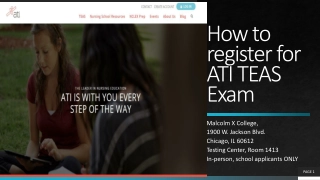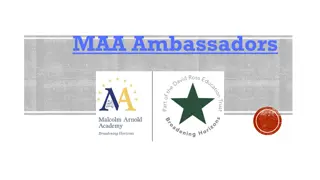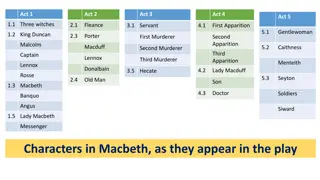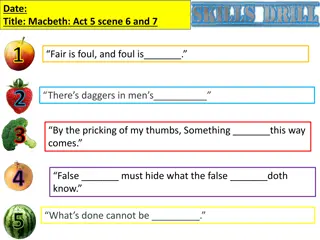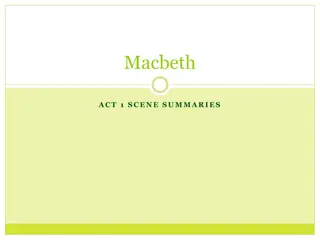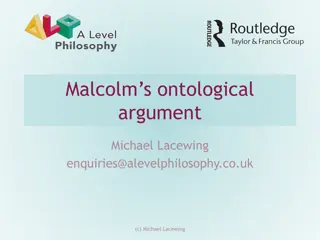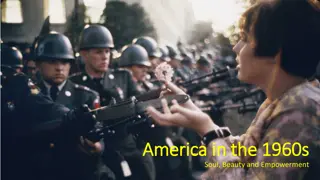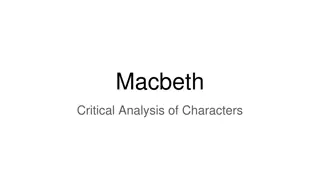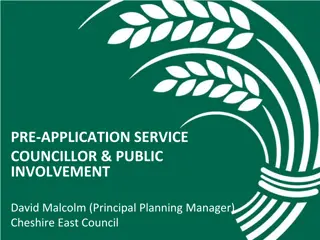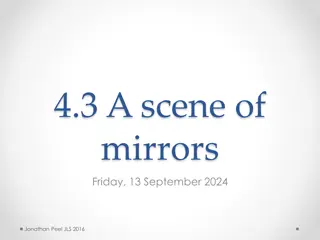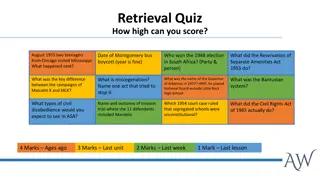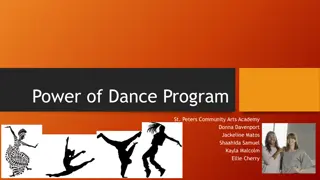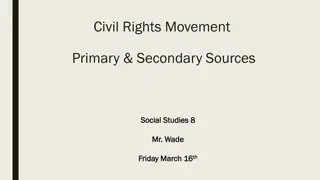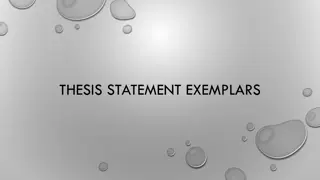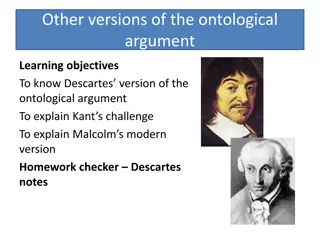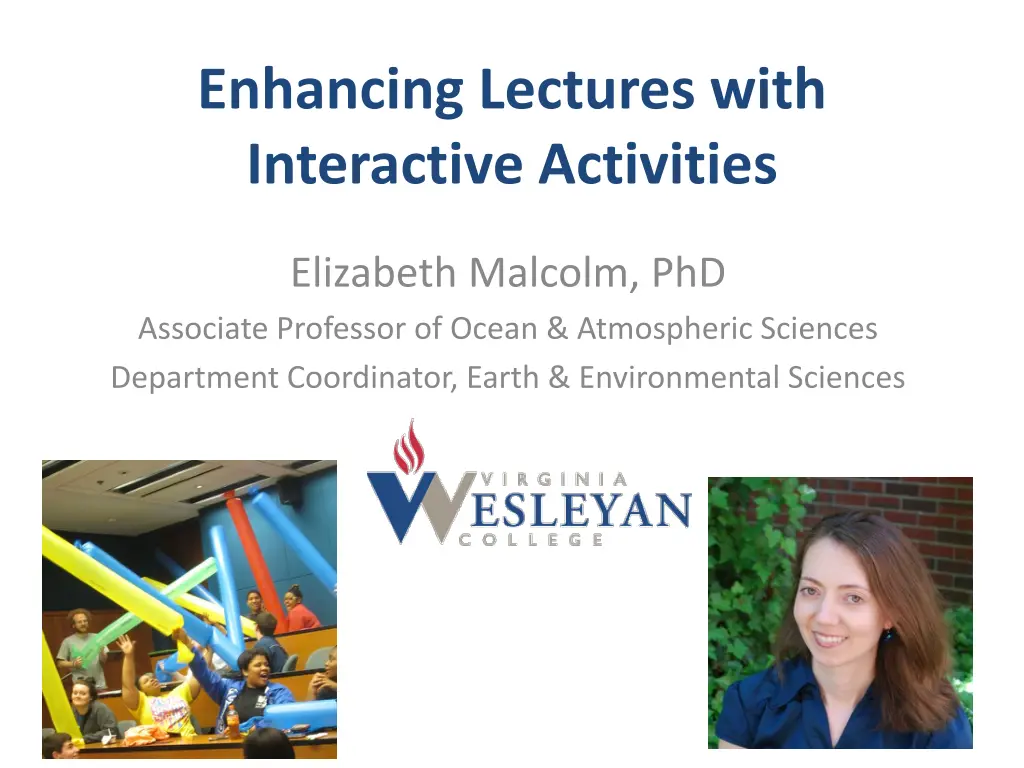
Enhancing Lectures with Interactive Activities for Engaged Learning
Explore the benefits of incorporating interactive activities in lectures to promote student participation, enhance learning, and assess understanding. Discover various strategies like Think-Pair-Share and Free-Write to make lessons engaging and effective.
Uploaded on | 0 Views
Download Presentation

Please find below an Image/Link to download the presentation.
The content on the website is provided AS IS for your information and personal use only. It may not be sold, licensed, or shared on other websites without obtaining consent from the author. If you encounter any issues during the download, it is possible that the publisher has removed the file from their server.
You are allowed to download the files provided on this website for personal or commercial use, subject to the condition that they are used lawfully. All files are the property of their respective owners.
The content on the website is provided AS IS for your information and personal use only. It may not be sold, licensed, or shared on other websites without obtaining consent from the author.
E N D
Presentation Transcript
Enhancing Lectures with Interactive Activities Elizabeth Malcolm, PhD Associate Professor of Ocean & Atmospheric Sciences Department Coordinator, Earth & Environmental Sciences
Why Use In-class Activities? Participation by all students Active learning Engaging and fun for students Assess student learning Easy to incorporate into traditional lecture http://serc.carleton.edu/sp/library/interactive/index.html
How Am I Doing? Multiple choice questions embedded in presentation Clickers , or Low tech versions: colored index cards or hold up # fingers corresponding to answer choice Quickly assess student learning From assigned reading After activity or lecture on difficult concept
Think-Pair-Share Easily adaptable to a wide variety of questions and activities Pre-planned or spontaneous All students participate Instructor can walk around room assessing and offering assistance
Think-Pair-Share Examples: Write a definition of the greenhouse effect in your own words Draw a graph showing how temperature changes with height on a windy night and calm night Label the world map showing where you expect to find fine-grained lithogenous sediment, coarse-grained lithogenous sediment, and biogenous sediment Conduct a life cycle analysis for gasoline by listing all the potential environmental impacts from cradle to grave. (Half class does gasoline, half corn-ethanol & compare)
Think-Pair-Share Example: Model Prediction How much will temperatures change in the future? Model Predictions Why is there a range in the predictions? What factors will lead to different rates of warming? www.ipcc.ch
Free-Write Students write continuously for 5 min without concern for grammar/spelling In depth thinking on open ended questions Used for self-reflection or application of course content Examples: How comfortable are you with scientific writing? What are your strengths and weaknesses? Do you agree with the report that climate change should be treated as a national security threat by our government?
Demos Students make a prediction before Explain/diagram afterwards Examples: Cartesian divers (ketchup packet in soda bottle) solar bags Bernoulli wind bags air pressure mat air cannon groundwater models www.stevespanglerscience.com/
More Elaborate Activities Class discussion of an assigned article in small groups Class poster session Gallery walk/walkabout Jigsaw For examples see http://serc.carleton.edu/sp/library/pedagogies.html
Students Sharing Ideas Students project graph or diagram w/ document camera Students create posters w/ large post-it notes in class, stick to walls for poster session

